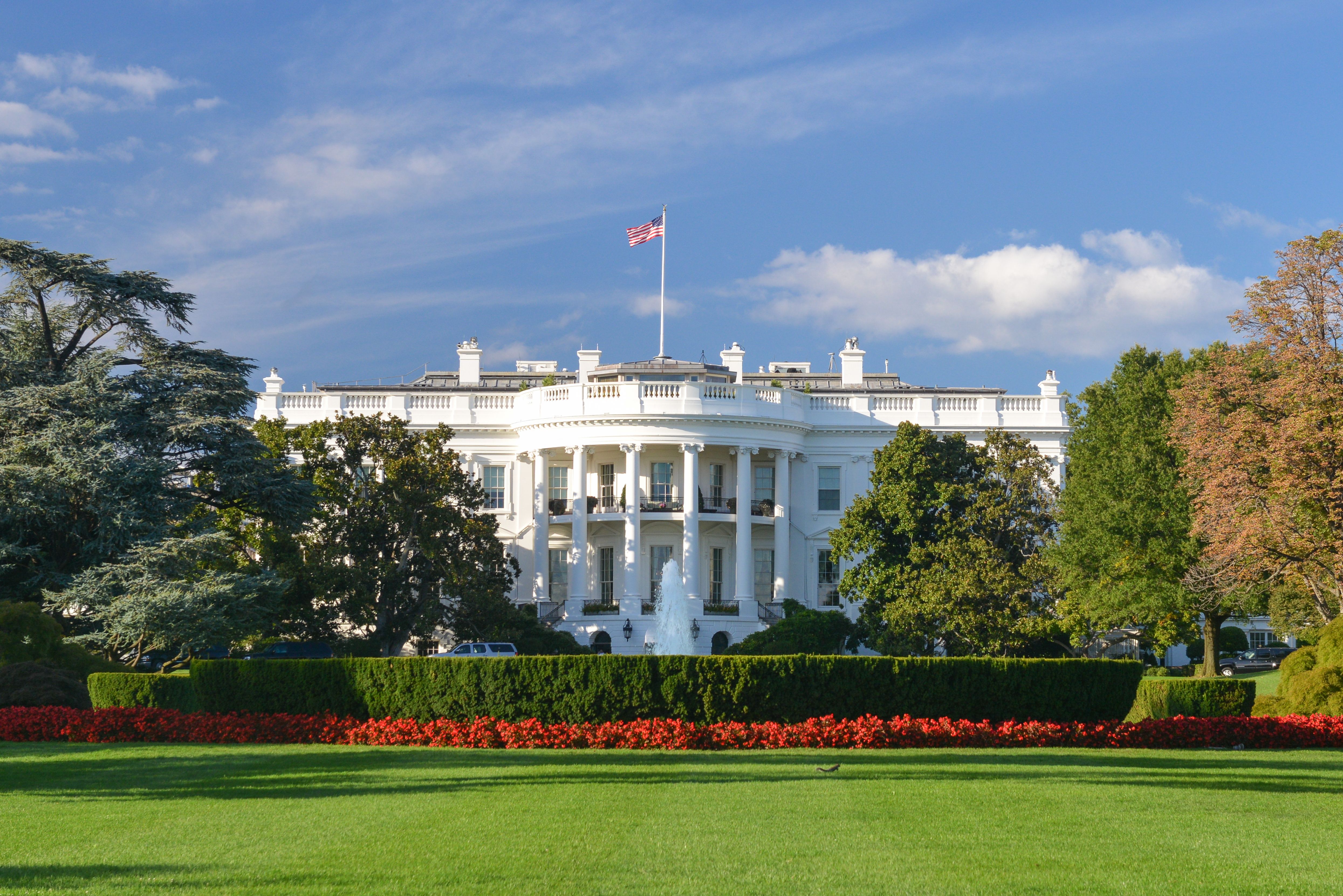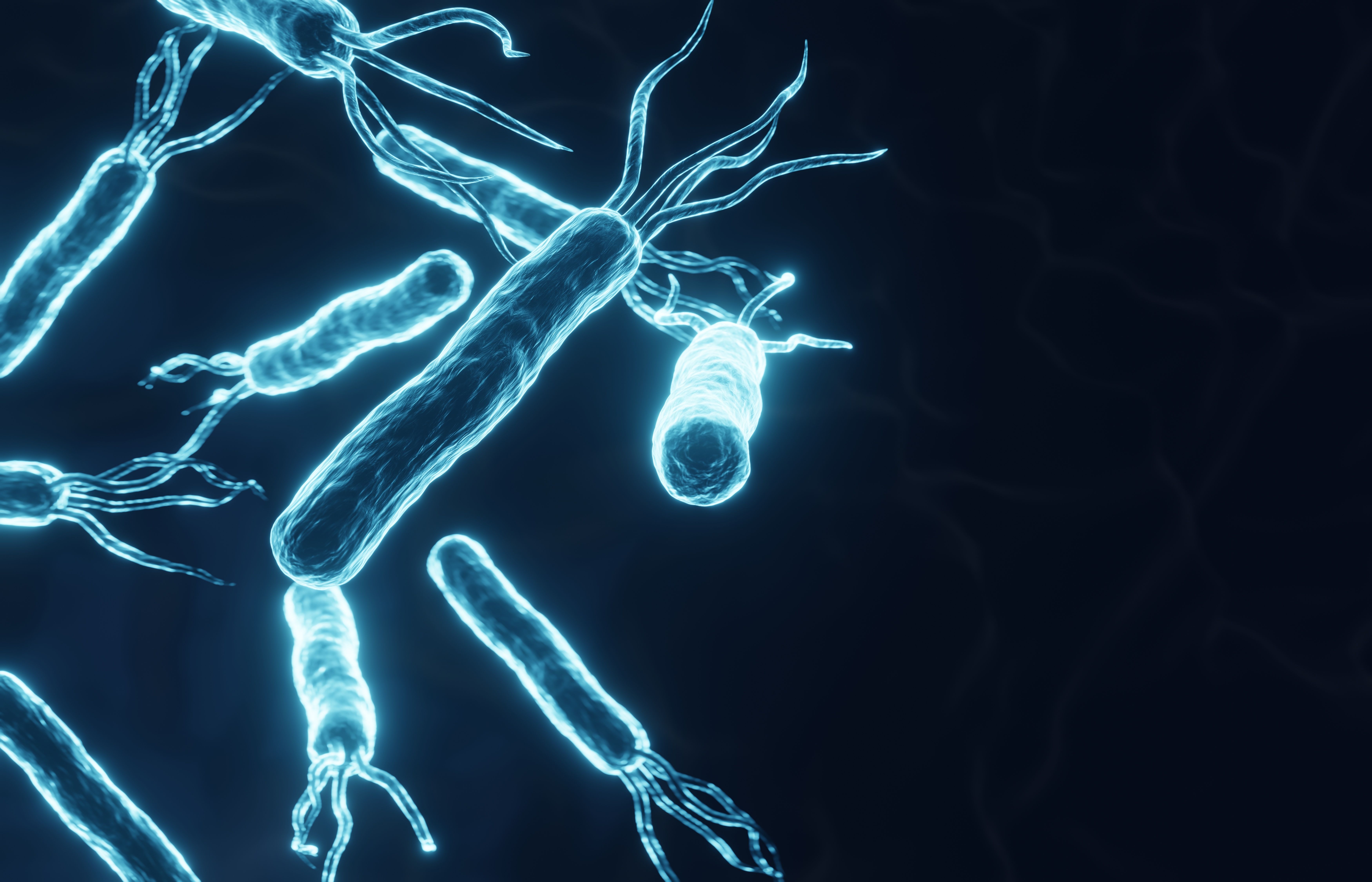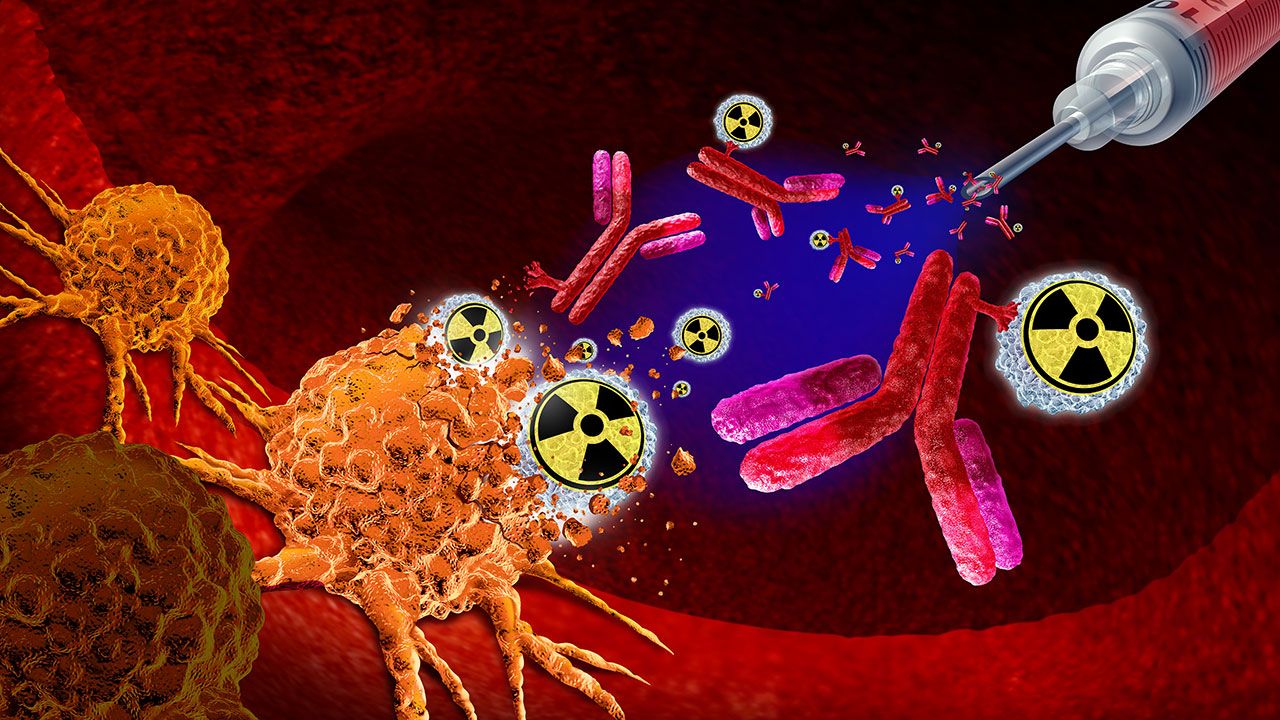News
Article
Design of Experiments for Formulation Development
Formulation development can involve several complex technical challenges, but an approach incorporating design of experiments can help address these difficulties.
All pharmaceutical drug products are formulated to specific dosage forms for effective delivery to patients. Typical pharmaceutical dosage forms include oral tablets, capsules, solutions, suspensions, topical ointments, gels, and solutions, and injections for intravenous, intramuscular, or subcutaneous administration. Drug delivery systems also have been developed for transdermal, intranasal, and pulmonary deliveries. These dosage forms require various pharmaceutical technologies and usually present different technical challenges for formulation development.
Formulation development scientists need effective methodologies to help overcome complex technical challenges. Design of experiments (DOE) and statistical analysis have been applied widely in formulation development, process optimization, and process validation. DOE allows all potential factors to be evaluated simultaneously, systematically, and quickly. Using DOE, one can evaluate the effect of each formulation factor on each response (and possibly the interaction effects between factors) and identify the critical factors on the basis of statistical analysis. Once the critical factors have been identified, the optimal formulation can be defined by using proper DOE to optimize the levels of these critical factors. The manufacturing process also can be developed and optimized in the same manner. When the formulation and manufacturing process are optimized using a DOE systematic approach, scale-up and process validation can be very efficient because of the robustness of the formulation and manufacturing process.
This article uses tableting examples to discuss the basic concepts and primary technical challenges in formulation development and illustrates approaches for using DOE to develop pharmaceutical formulations.
Formulation development overview
A formulation is the composition of a drug product that contains the active pharmaceutical ingredient (API) and other inactive ingredients. Each inactive ingredient in the formulation serves a specific purpose to ensure product performance and conformance. Common inactive ingredients in a tablet formulation include diluents, binders, disintegrants, lubricants, glidants, colorants, and other special ingredients that can modify drug release or facilitate absorption. Among these, diluents, binders, disintegrants, and lubricants are the most common ingredients in tablet formulations and serve the functions that their names indicate. These pharmaceutical ingredients are listed in the National Formulary (NF). This list contains 10–20 ingredients for each excipient category. The challenge for a formulation scientist is to select the optimal excipient category and the optimal level of each excipient.
A good formulation must be manufacturable, chemically and physically stable throughout the manufacturing process and product shelf life, and bioavailable (i.e., it must contain the exact amount of API in each dose that can be readily absorbed by the human body). In addition, many quality standards and special requirements must be met to ensure the efficacy and safety of the product.
These formulation goals are the basis of the target product profile (TPP). It is important to establish the TPP so that the formulation effort will be effective and focused. The TPP usually includes the route of administration, dosage form and size, special-delivery requirement, maximum and minimum doses, and aspects of pharmaceutical elegance (appearance). The TPP guides formulation scientists to establish formulation strategies and keep formulation effort focused and efficient. Many aspects of the TPP are determined on the basis of factors such as competing drugs on the market or the target patient population (e.g., pediatric formulations may require chewable tablets or a suspension).
When a new chemical entity (NCE) is developed, some assumptions for the TPP are usually made before the drug even reaches the formulation development stage. In addition, pharmaceutical marketing representatives play a key role in defining the initial TPP. As the project progresses and new information becomes available, it is likely that the TPP will have to be modified. It is common practice to include a reasonable level of flexibility when establishing a formulation strategy to accommodate potential changes in the TPP. When the formulation requirements are defined by the TPP, a strategy must be established to facilitate effective formulation development. To establish a formulation strategy, one must consider the physical, chemical, and pharmacokinetic characteristics of the API; optimal technologies to achieve formulation goals; and the company's manufacturing capabilities to support the product.
Applying DOE to formulation development
After the TPP is clearly defined, many studies must be conducted to develop a formulation. DOE is an effective tool for formulation scientists throughout the many stages of the formulation process and can help scientists make intelligent decisions. These steps include excipient compatibility studies, process feasibility studies, formulation optimization, process optimization and scale-up, and manufacturing process characterization. The product and manufacturing process must be validated before the product is introduced to the market.
The first stage of formulation development usually involves excipient compatibility studies to select viable excipients that are chemically and physically compatible with the APIs. Technological advances have allowed formulators to gain a better understanding of excipients as well as the interactions among these excipients and with the active ingredient. One can apply DOE concepts in excipient compatibility studies to understand the interaction effects among excipients and with the API over time at accelerated storage conditions. After the excipients are chosen from the excipient compatibility study results, a feasibility study is conducted to determine the manufacturing process or technology that enables the formulation to achieve the TPP. For any given dosage form, there are unique technical challenges associated with various manufacturing processes, and these technical aspects must be evaluated in a feasibility study. Table I lists key technical challenges for immediate release (IR) and extended release (ER) tablet formulations and the potential process technologies that may be used to overcome these challenges.

Table I: Major technical challenges for immediate-release (IR) and extended-release (ER) tablets.
The excipients selected from an excipient compatibility study are incorporated into a process feasibility study. Because many manufacturing factors must be considered at this stage, DOE can be applied to ensure an efficient approach. If this step is carefully evaluated, the most appropriate technologies can be defined at an early stage to begin building a strong design space.
After a manufacturing process is selected using the results of the feasibility study, the next step is to select the final excipients and define the optimal levels for all excipients in the formulation.

Table II: Common formulation factors for tablets and applicable design of experiment (DOE) techniques.
To accomplish this task, usually two studies are conducted: a formulation preliminary study (to select the final excipients) and a formulation optimization study (to define the optimal levels of all excipients in the formulation). In both the formulation preliminary study and formulation optimization study, many formulation factors and responses must be evaluated. Table II lists some essential formulation factors that usually are evaluated in tablet formulation development. When dealing with multiple factors with potential interaction effects, applying DOE is the most efficient and effective approach to understanding the formulation system and to optimizing the formulation by choosing the best combination of excipients to achieve the TPP.

Table III: An example of an initial formulation system for a simple tablet formulation.
For example, if a dry-blending process is determined to be a feasible manufacturing process for an IR tablet that contains 5–10% API, then an excipient compatibility study can be conducted to select the diluents, disintegrants, and lubricants that are chemically compatible with the API. These excipients will be included in the initial formulation system for further evaluation. A simplified example of the initial formulation system is illustrated in Table III. A formulation preliminary study is designed and conducted to evaluate the excipients included in the initial formulation system. The results of the study are to be used to select the excipients in the final formulation system. For the example of this simplified initial formulation system, the final formulation system is illustrated in Table IV.

Table IV: An example of a final formulation system for a simple tablet formulation.
The final step in formulation development is to design and conduct a formulation optimization study to optimize the excipient levels in the final formulation system. For the same example, the final formulation could be like that shown in Table V.

Table V: An example of a final formulation for a simple tablet formulation.
The formulation preliminary study and formulation optimization study both involve multiple variables, and properly designed experiments are essential for the efficiency and effectiveness of these studies. The example initial formulation system in Table III contains four formulation variables: API % (two levels), diluents (three levels), disintegrants (two levels), and lubricants (two levels). If all of the possible combinations for the excipients in the initial formulation system are to be evaluated, a full factorial DOE could require 24 studies, as shown in Table VI. And if all of the possible combinations for the levels for all excipients in the final formulation system in Table IV are evaluated, it would require 24 studies, as shown in Table VII. The DOE for the preliminary and optimization studies can be established on the basis of the unique feature of a specific project.

Table VI: A design-of-experiments example for a tablet formulation preliminary study.
Optimizing the manufacturing process
A good formulation also must be easy to manufacture and must produce good products consistently. After the formulation is optimized, more studies must be conducted to optimize the manufacturing process. A typical manufacturing process for a tablet product includes weighing, milling, granulation and drying, blending and lubrication, compression, and coating. Each processing step involves several process parameters. For a given formulation, all processing steps must be thoroughly evaluated so that a robust manufacturing process can be defined. This process usually starts after the formulation is selected, and a larger quantity of API usually is needed. This entire process is usually called manufacturing process development and optimization, and DOE can be applied effectively to optimize this process.

Table VII: A design-of-experiments example for a tablet optimization study.
In manufacturing process development, various techniques must be considered for planning experimental designs. One powerful tool is a process-flow diagram that can aid in outlining the sequence of process steps and to list pertinent variables and responses of interest at each stage of the development plan. The detail in these diagrams can vary a great deal depending upon the type of formulation being developed. An example of a tablet manufacturing process flow is shown in Table VIII.
At each stage of the process, design and analysis ideas can be developed. Once an initial set of designs has been planned, resources such as chemical need or availability for each step can be determined and altered as necessary. As results from each process step become available, process variables at fixed conditions can be carried forward to later steps.
For example, suppose the lowest and highest acceptable load sizes and acceptable blending times have been established from the preblending stage. At the granulation stage, it is of interest to determine the effects of load size, total water, and the water-addition rate on the responses listed in Table VIII. Nonetheless, chemical availability is low and is in greater need at later stages of the process. It is of interest to measure the direct effects of each variable on each of the responses, but it is not as important to determine interactions among the variables. So a previously planned 23 factorial design can be reduced to a 23–1 fractional factorial design to conserve chemical resources. This type of process can be continued at each stage and even throughout the entire formulation development process.
It is advantageous for the research team to plan out the experimental design process for each step of formulation development. The team should examine many factors, including, but not limited to, formulation development objectives, the availability of previous theoretical and experimental results, relevant variables and responses, available resources, and cost. It should be noted, however, that the process for experimental design throughout all the stages of formulation development cannot be decided upon in one sitting. Every process has its unique challenges, and many different experimental designs and analysis techniques can be applied to address them. It is impossible to provide specific designs that will always be appropriate at each stage. As the process progresses, results from experimental designs planned for the earlier stages of the formulation development may provide guidance that alters plans made at later stages. When the manufacturing process of a pharmaceutical product is optimized by a systematic approach using DOE, the manufacturing process will be robust and the process understanding will be comprehensive. These results, in turn, will contribute to successful scale-up and process validation and will ultimately ensure high product quality during routine production.
Summary
Design of experiments (DOE) and statistical analysis have been applied widely to formulation development. Using DOE allows formulation scientists to evaluate all formulation factors in a systematic and timely manner to optimize the formulation and manufacturing process. When the formulation and manufacturing processes of a pharmaceutical product are optimized by a systematic approach, the scale-up and processes validation can be very efficient because of the robustness of the formulation and manufacturing process.
Ruey-ching Hwang* is a senior director at Pfizer, 2800 Plymouth Road, Ann Arbor, MI 48105, tel. 734.622.5235, fax 734.622.1044, ruey.c.hwang@ pfizer.com Dr. Hwang also is a member of Pharmaceutical Technology's editorial advisory board.
Donna L. Kowalski is a principal statistician at Astellas Pharma US, Inc.
*To whom all correspondence should be addressed
Newsletter
Get the essential updates shaping the future of pharma manufacturing and compliance—subscribe today to Pharmaceutical Technology and never miss a breakthrough.




